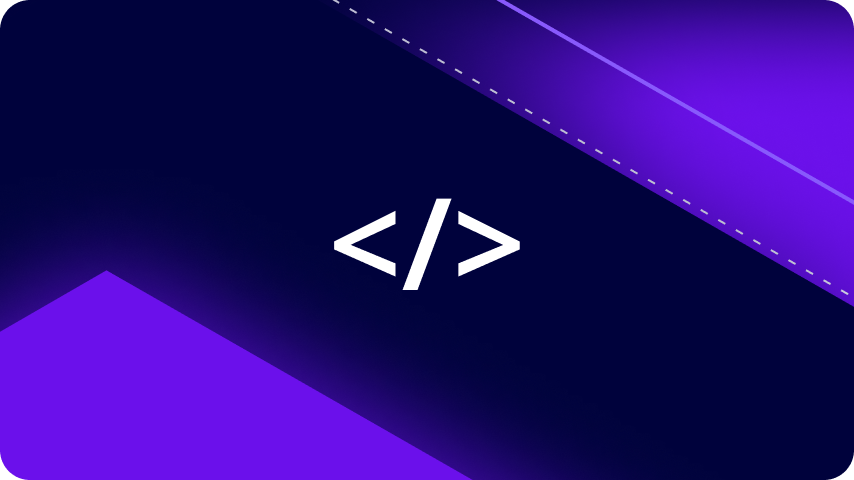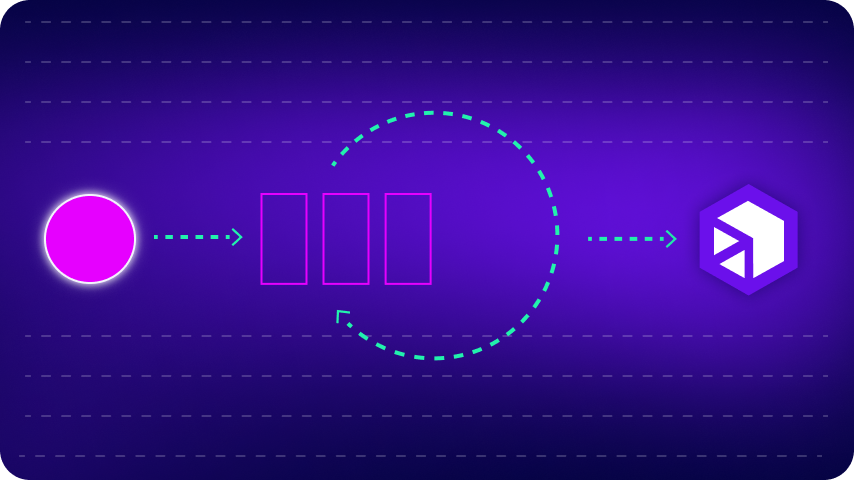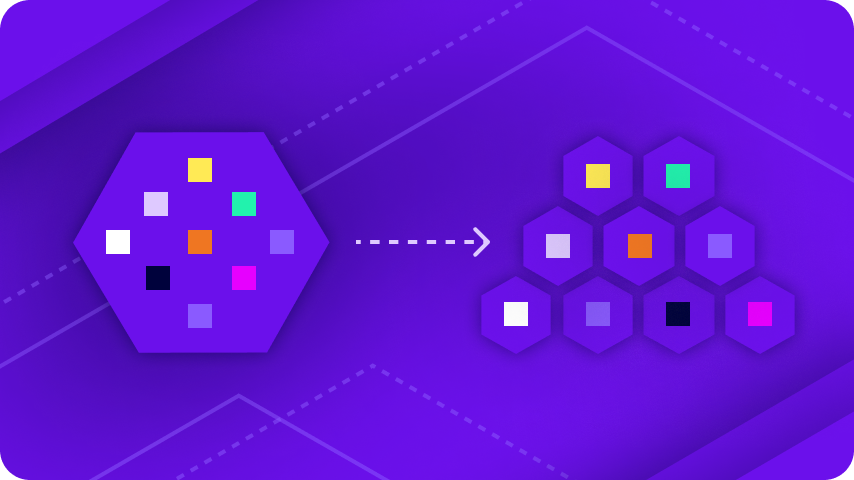November 16, 2023
In the ever-evolving landscape of information technology, trends come and go. From the Y2K frenzy to the buzzword bonanza of big data, cloud computing and microservices, tech vendors often find themselves riding the same bandwagon, whether the solutions truly warrant the enthusiasm or not. Today, the wave we’re all surfing is Artificial Intelligence (AI). It seems like everyone has an AI marketing message, but how many are releasing features that genuinely deliver real value?
In this blog post, I’m going to share a preview of innovations we’re adding to the Digibee Integration Platform in 2024 – and connect the dots on how they support our commitment to empower all developers to build integrations that enable faster, better development cycles.
As you plan your development projects for 2024, I encourage you to read this blog while imagining how Digibee can empower you to meet and exceed your development timelines and objectives – and to unburden your development team to build and innovate.
Digibee: The developer’s choice for integration
For starters, let’s talk about what we mean when we say Digibee is the developer’s choice for integration.
Before Digibee, sophisticated integration use cases were the domain of a handful of legacy iPaaS solutions. These integrations require the work of specialized integration developers to build and maintain. In most organizations, this specialization creates a bottleneck and a backlog of development projects – as developers wait for integration work to be completed.
But there is a world of work that currently happens outside of the iPaaS platforms. Estimates show that a full two thirds of integrations are point to point, being completed by custom coding. So, these complex integrations aren’t being done by integration developers via iPaaS platforms or other integration tools. This coding time and effort should be avoidable, and it forces developers to do work that lacks both scale and governance.
Being the developer’s choice means delivering a platform for all developers to replace mundane coding and work that needs to be repeated. It means any developer can build sophisticated, enterprise use case integrations. It means all integrations can be built via a true iPaaS, leaving behind the hassles that come with writing, documenting and maintaining custom code.
AI and integration: for real results
As I mentioned above, there is no shortage of noise in the market about AI and its applications for the enterprise. I’m not being dismissive, there are some really interesting uses of AI and machine learning in play now – and many are being developed across a host of industries. My goal in this blog post is to be very specific on Digibee’s mission in this area and what it means for our customers.
Let me say first that Digibee has always been about abstracting away mundane tasks so developers can focus their time and effort on innovating and building, not integration-related coding. As the only enterprise-grade integration platform born in the cloud, Digibee’s containerized architecture means change management, scale, and reuse are core capabilities of the Digibee Integration Platform. That’s in our DNA, AI enablement or not.
Our product team is using AI to bolster this core mission of developer empowerment. You may have seen in June we introduced the Digibee AI assistant – a new capability in our customer training portal: the Digibee Academy 2.0. The technology is unique and AI-driven and tailored to answer questions in real-time from customers seeking information.
More recently, we introduced AI-based generator for documentation, as described in this KM World article:
“Despite its significance, creating detailed, clear integration documentation is rarely a simple, quick task. The manual documentation process is often wrought with inconsistencies, inaccuracies, and communication gaps that become more detrimental than originally intended, according to the vendor.
Digibee’s AI Generator for Pipeline Documentation is engineered to revolutionize this experience, reducing the time and effort spent on the manual production and management of pipeline documentation. This capability aims to deliver greater comprehension and clarity in the understanding of integration processes—for both technical and business users alike—through holistic pipeline analysis.”
This is the perfect example of how we’re using AI – to intelligently automate tasks that are both mundane and at risk of costly human error.
The releases being planned between now and mid-2024 carry on this same theme, including a truly differentiated debugging experience, a first of its kind tool to migrate integrations onto Digibee from legacy integration platforms, and a pipeline generator.
In terms of empowering development teams to focus on development and not integration, these AI-led enhancements are turbo charging our already powerful engine. The future is bright for our customers.
Next steps with Digibee
I highly encourage leaders of development and architecture teams to schedule a demo with Digibee and let us share our capabilities. We find more and more that our new customers are those running one of the legacy iPaaS platforms, seeking a way to burn down the backlog of development projects that complicated integrations are holding up. Tell us your plans and we’ll show how we can help!








